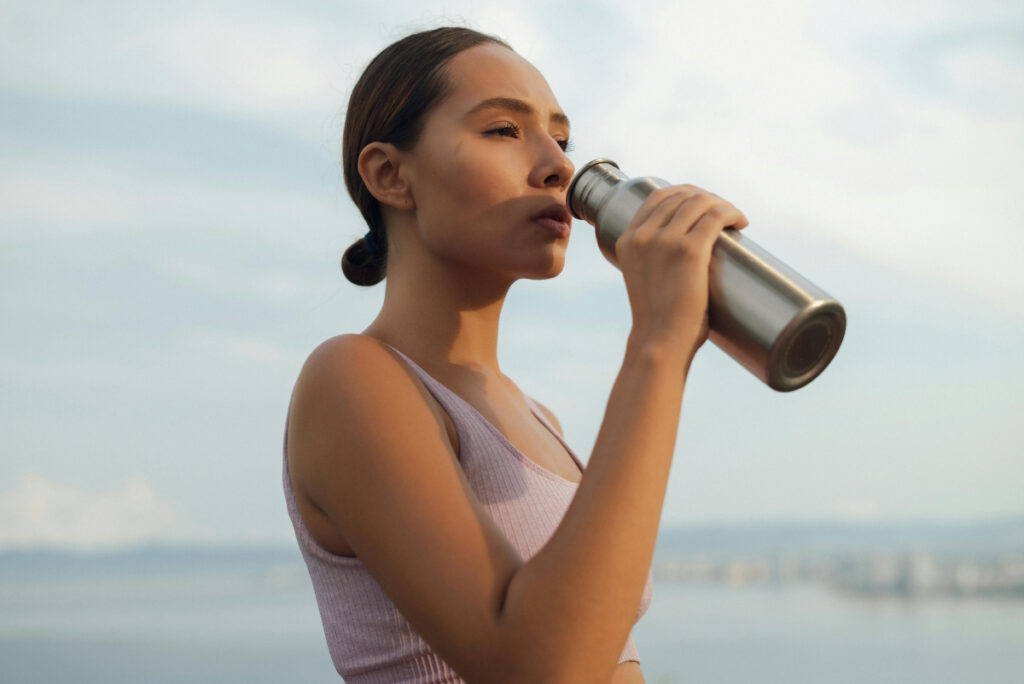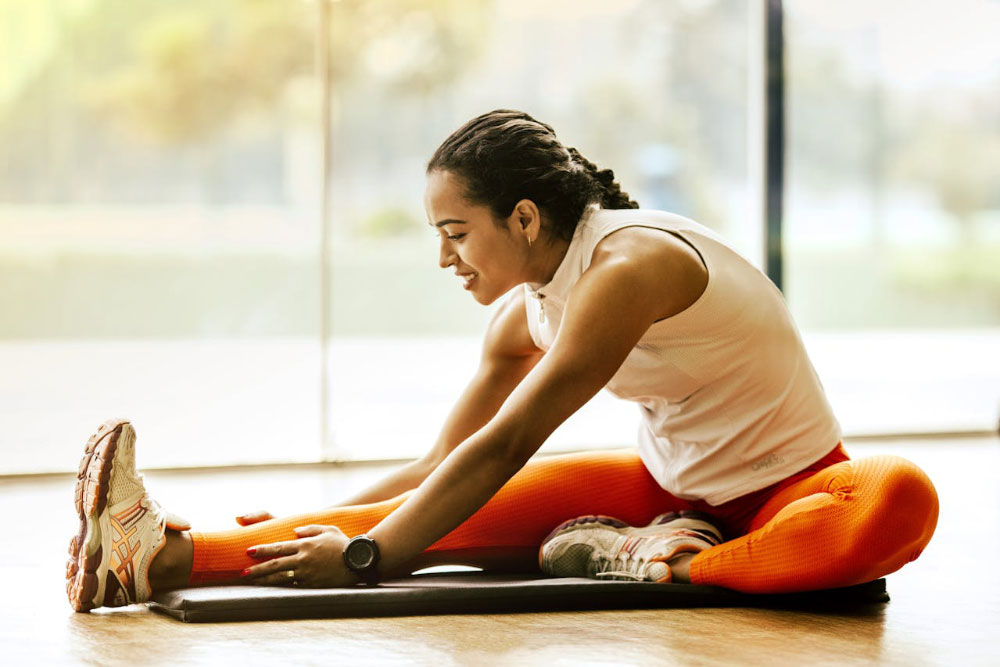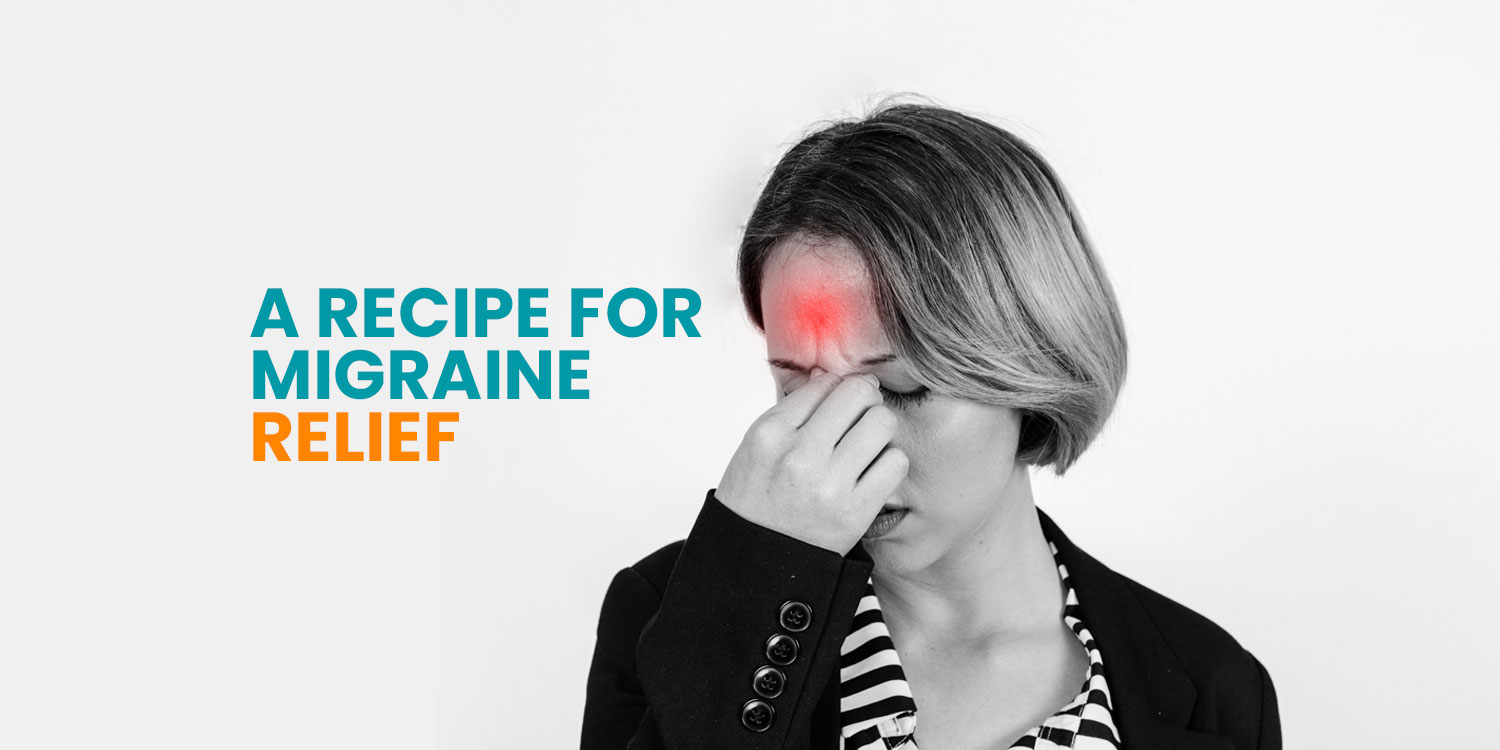Are Migraines Taking the Fun Out of Your Days? Try These Simple Lifestyle Tips!
Migraines can be a real pain—literally. If you find yourself frequently sidelined by these throbbing headaches, you’re not alone. But before you reach for medication, consider making a few lifestyle changes that may help prevent migraines from striking in the first place. Small adjustments in your daily habits could make a big difference. Here’s how:
1. Stay Hydrated
Dehydration is a common but often overlooked migraine trigger. When your body lacks enough water, it can lead to headaches and fatigue. Studies have shown that even mild dehydration can contribute to the onset of migraines [1]. Make it a habit to drink plenty of water throughout the day. Keep a reusable water bottle with you, and aim for at least 8 glasses a day. If you consume caffeine or alcohol—both of which can dehydrate you—balance it out with extra water intake.

2. Watch Your Diet
Certain foods and beverages are known migraine triggers. Common culprits include aged cheeses, processed meats, alcohol (especially red wine), and foods high in MSG [2]. Pay attention to what you eat and how it affects you. If you notice certain foods triggering migraines, try eliminating them from your diet. Keeping a food journal can help pinpoint what works best for you [3].

3. Maintain a Consistent Sleep Schedule
Your brain loves routine, and sleep is no exception. Irregular sleep patterns—whether it’s staying up too late or getting up too early—can increase the likelihood of migraines [4]. Aim for 7–8 hours of quality sleep each night and try to stick to the same bedtime and wake-up time every day, even on weekends. Create a relaxing bedtime routine to signal to your body that it’s time to wind down.

4. Exercise Smartly
Regular physical activity can be a great way to reduce stress and improve overall health, but overexertion can sometimes trigger migraines in sensitive individuals [5]. The key is to pace yourself. Choose moderate activities like walking, swimming, or yoga, which can help improve circulation and reduce tension without overwhelming your system. If you’re new to exercise or prone to exercise-induced migraines, start slow and gradually increase your activity level.

Small Changes, Big Results
While migraines can feel unpredictable, making a few mindful lifestyle changes can help you take back control. Staying hydrated, eating the right foods, prioritizing sleep, and exercising at a comfortable pace can go a long way in preventing migraines. Give these strategies a try, and you may just find yourself enjoying more headache-free days!
References:
- Spigt, M., Weerkamp, N., Troost, J., van Schayck, C. P., & Knottnerus, J. A. (2005). A randomized trial on the effects of regular water intake in patients with recurrent headaches. Family Practice, 22(4), 370–375. https://doi.org/10.1093/fampra/cmi025
- Millichap, J. G., & Yee, M. M. (2003). The diet factor in pediatric and adolescent migraine. Pediatric Neurology, 28(1), 9–15. https://doi.org/10.1016/S0887-8994(02)00552-1
- Wöber, C., & Wöber-Bingöl, Ç. (2010). Triggers of migraine and tension-type headache. Handbook of Clinical Neurology, 97, 161–172. https://doi.org/10.1016/S0072-9752(10)97013-9
- Rains, J. C. (2008). Sleep and migraine: Assessment and treatment of comorbid sleep disorders. Headache: The Journal of Head and Face Pain, 48(1), 32–39. https://doi.org/10.1111/j.1526-4610.2007.00969.x
Varkey, E., Cider, Å., Carlsson, J., & Linde, M. (2011). Exercise as migraine prophylaxis: A randomized study using relaxation and topiramate as controls. Cephalalgia, 31(14), 1428–1438. https://doi.org/10.1177/0333102411419681




